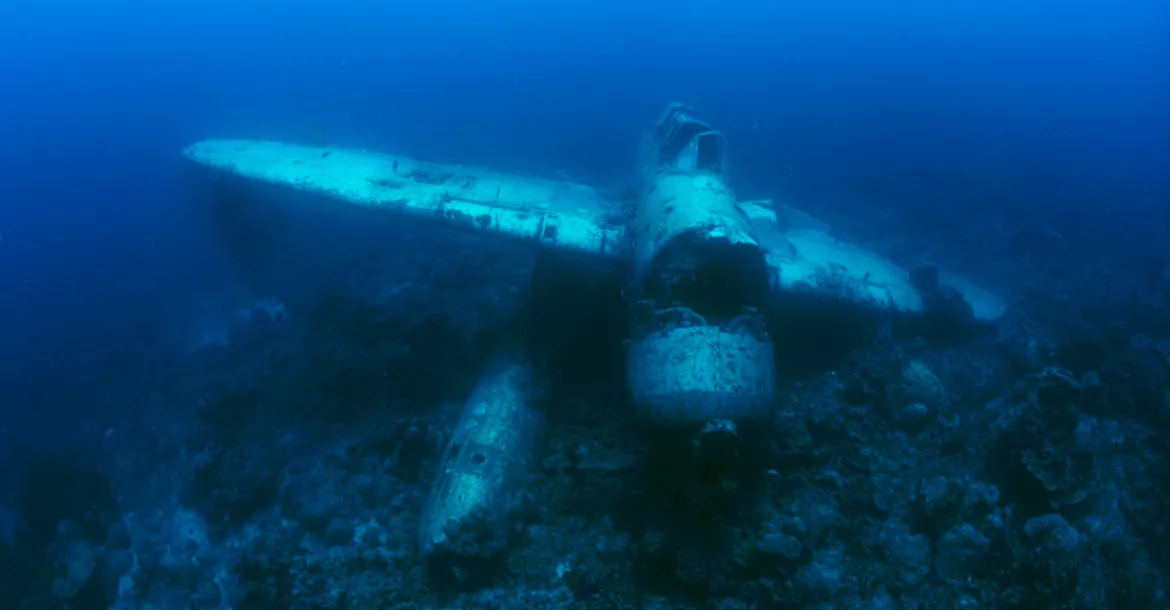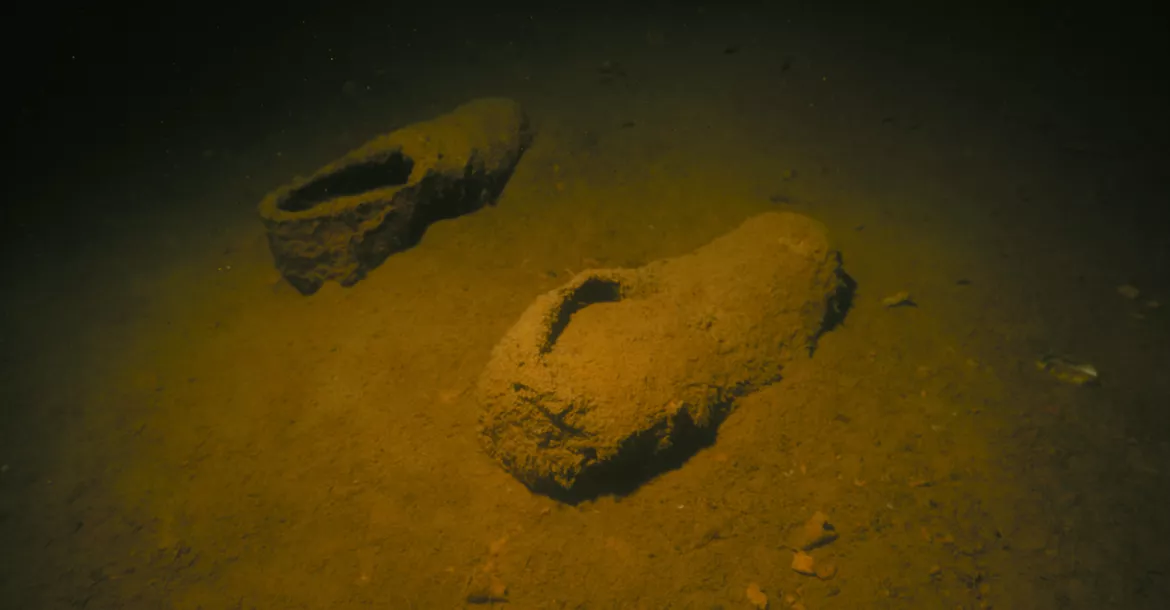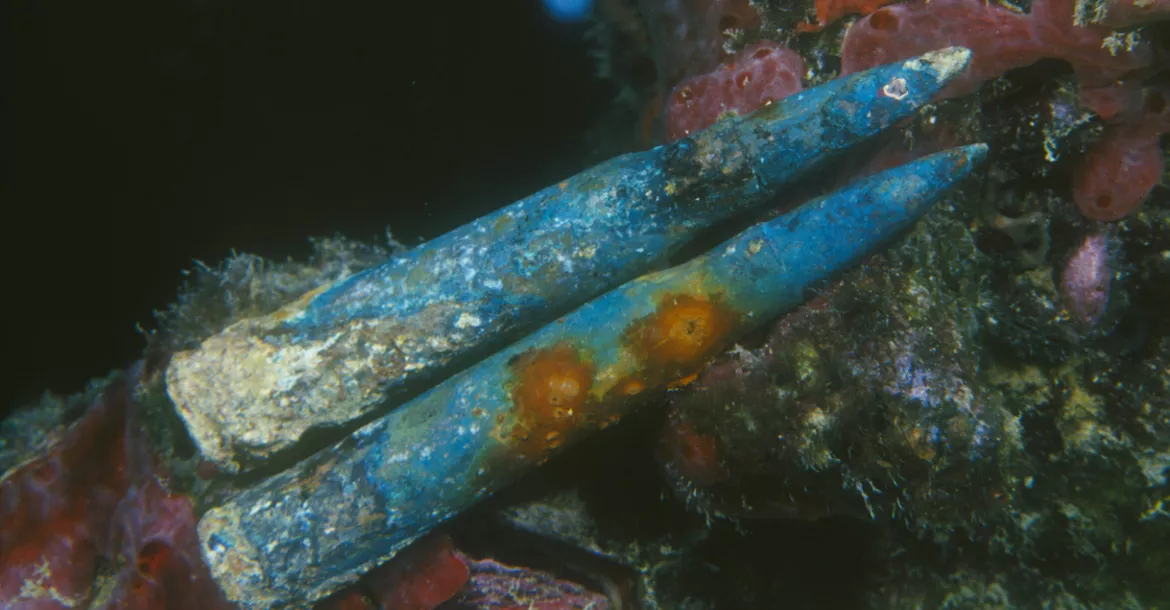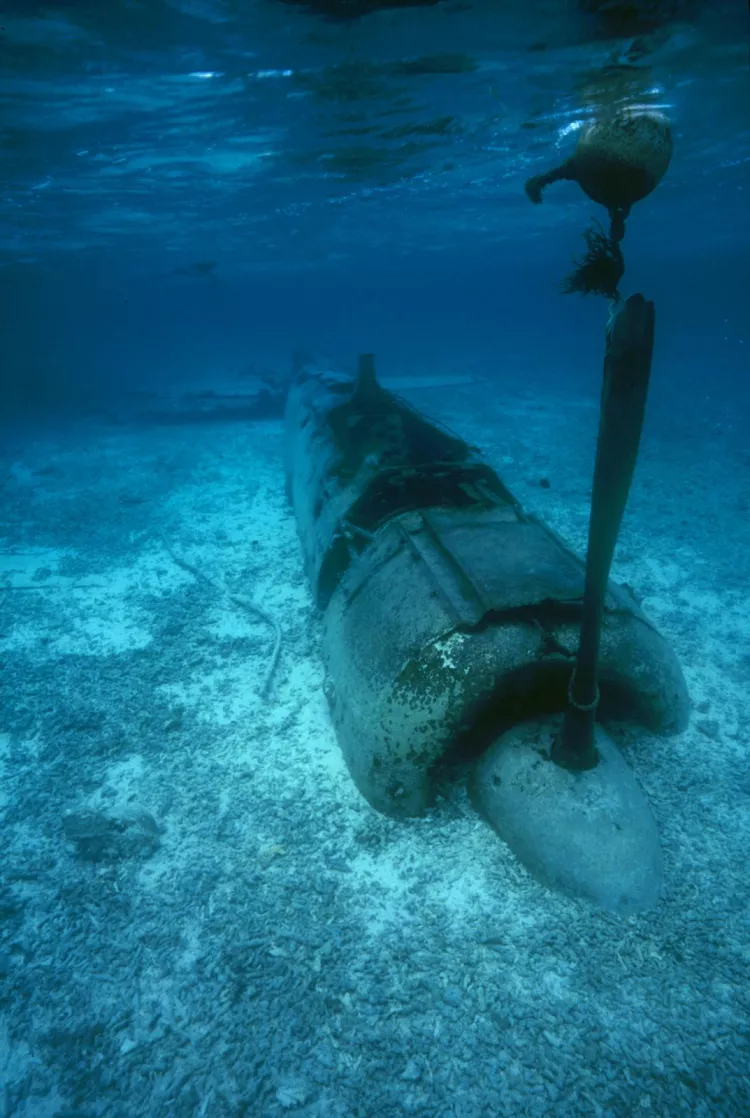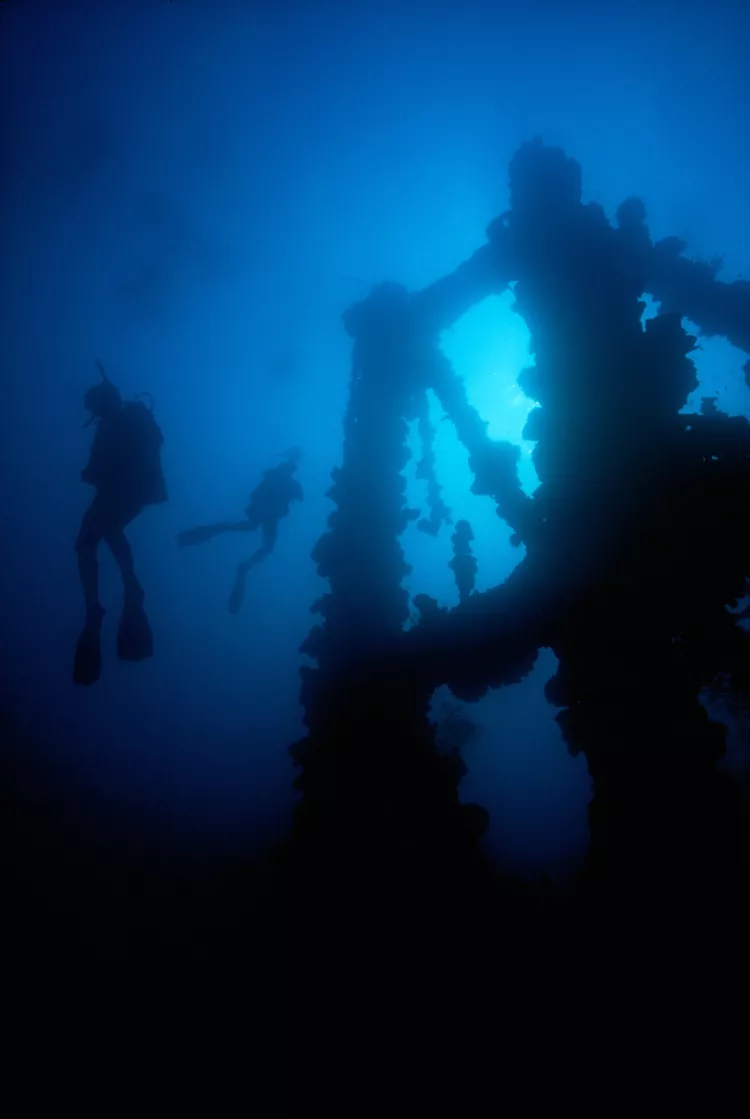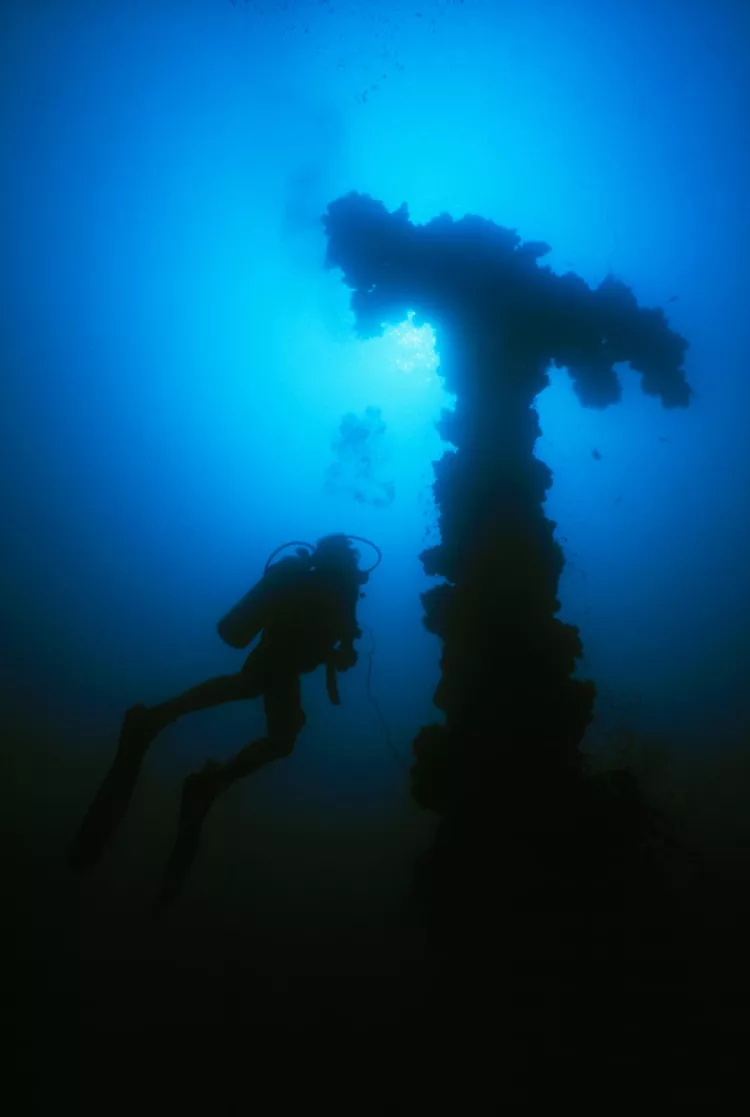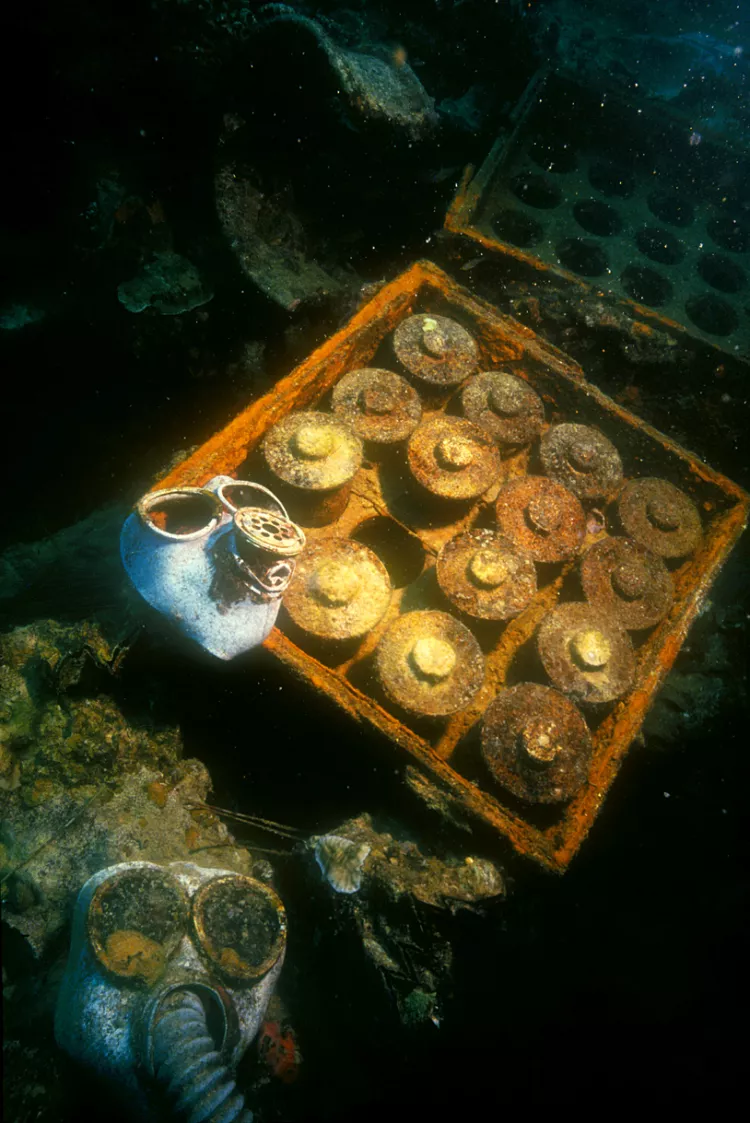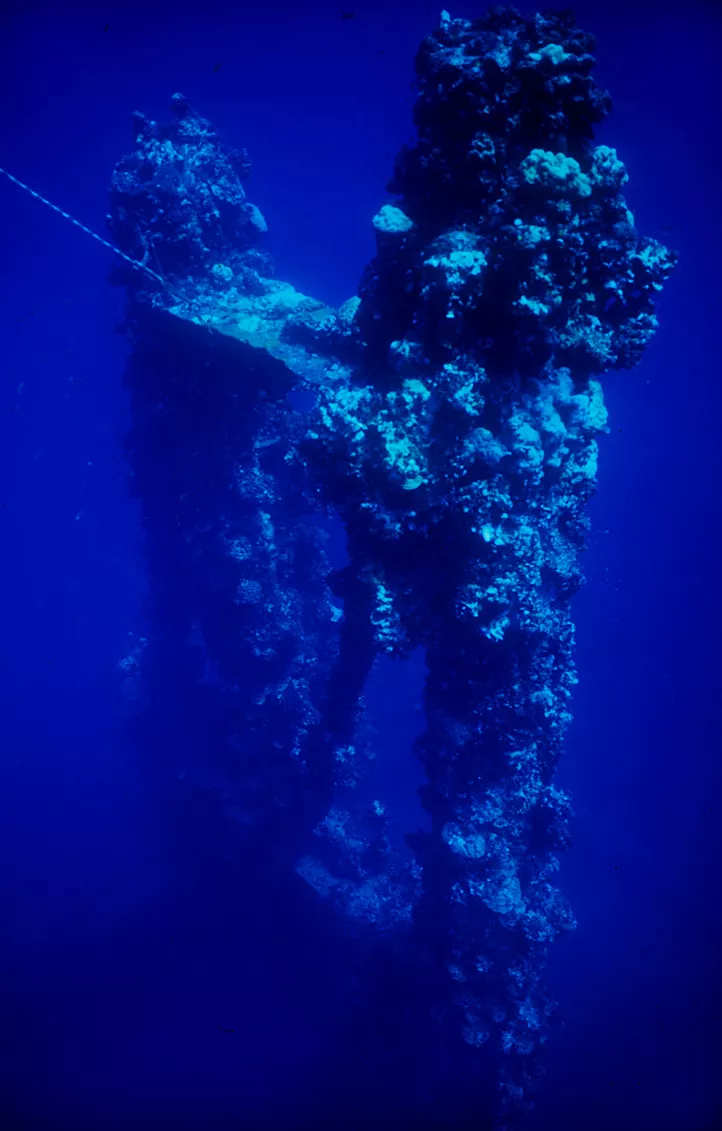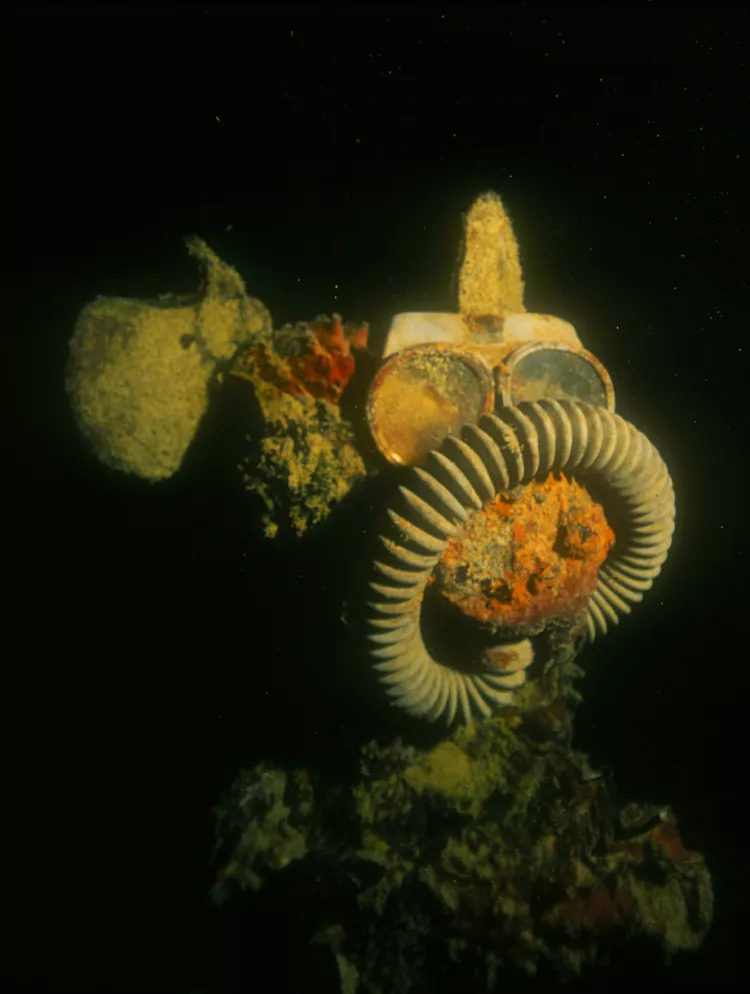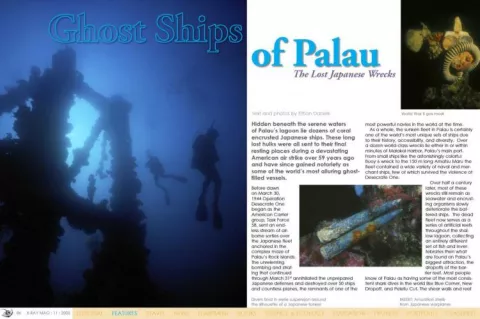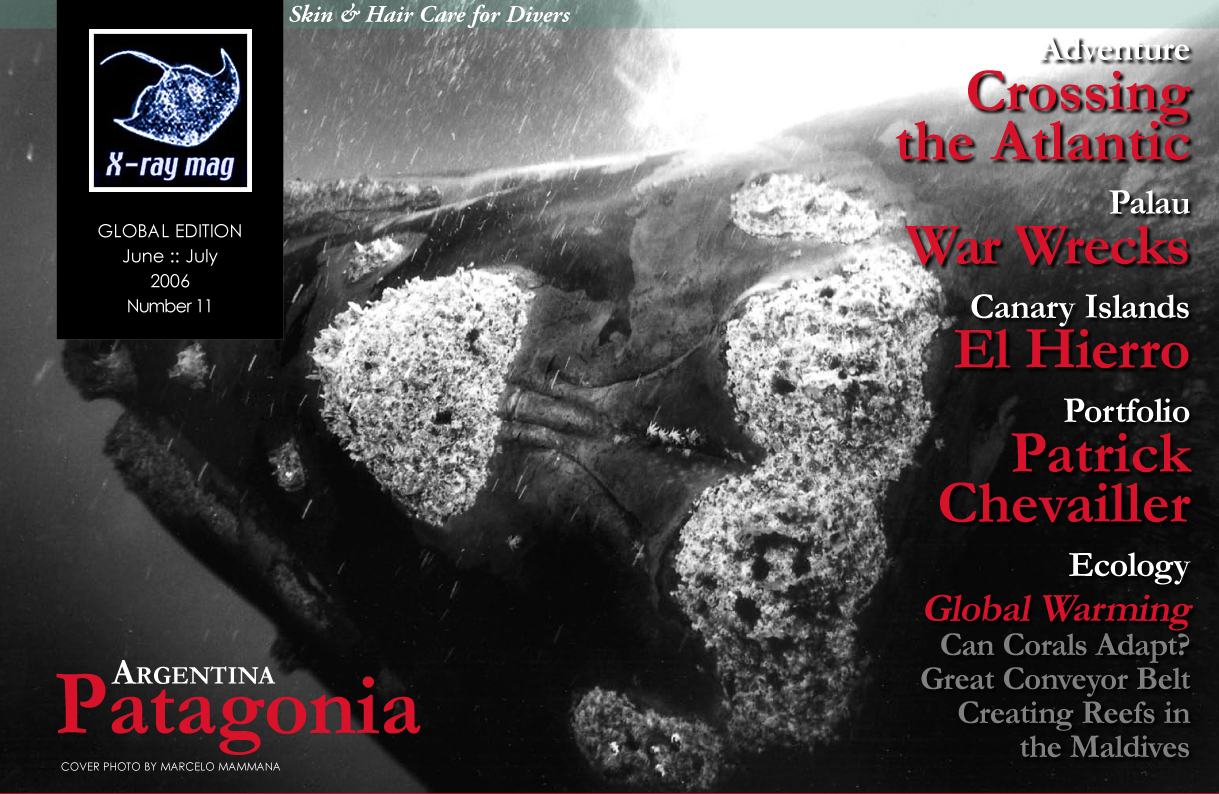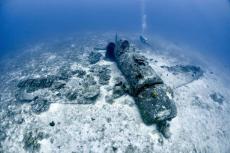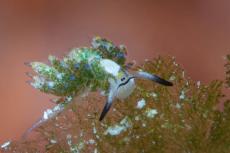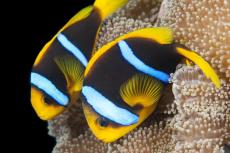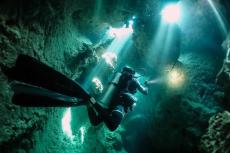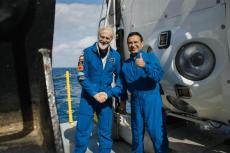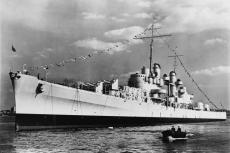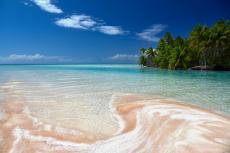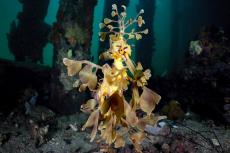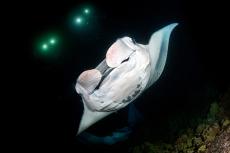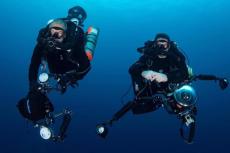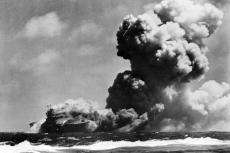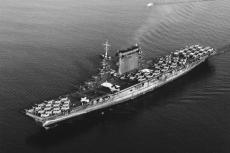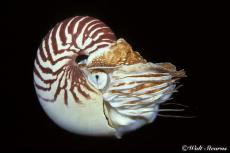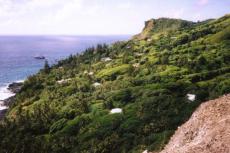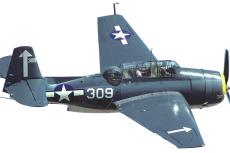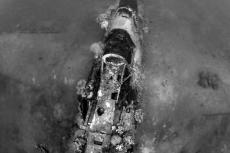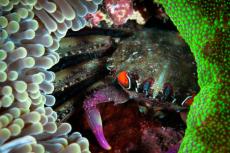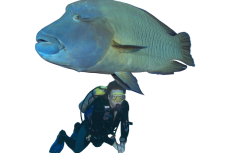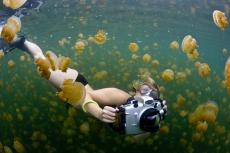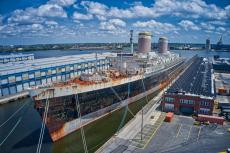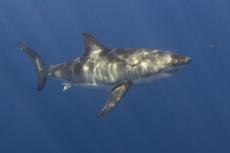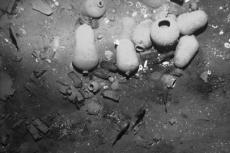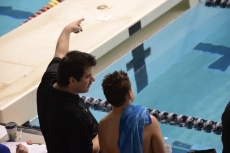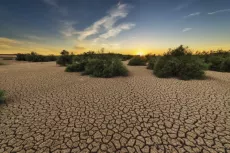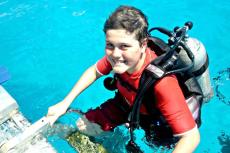Hidden beneath the serene waters of Palau’s lagoon lie dozens of coral encrusted Japanese ships. These long lost hulks were all sent to their final resting places during a devastating American air strike over 59 years ago and have since gained notoriety as some of the world’s most alluring ghost-filled vessels.
Contributed by
Factfile
References
Bailey, Dan E. 1991. World War II Wrecks of Palau. North Valley Diver Publications.
Lindemann, Klaus. 1991. Desecrate 1. Pacific Press Publications, Assoc. Belleville, MI.
Before dawn on March 30, 1944 Operation Desecrate One began as the American Carrier group, Task Force 58, sent an endless stream of airborne sorties over the Japanese fleet anchored in the complex maze of Palau’s Rock Islands.
The unrelenting bombing and strafing that continued through March 31st annihilated the unprepared Japanese defenses and destroyed over 50 ships and countless planes, the remnants of one of the most powerful navies in the world at the time.
As a whole, the sunken fleet in Palau is certainly one of the world’s most unique sets of ships due to their history, accessibility, and diversity. Over a dozen world-class wrecks lie either in or within minutes of Malakal Harbor, Palau’s main port. From small ships like the astonishingly colorful Buoy 6 wreck to the 150 m long Amatsu Maru the fleet contained a wide variety of naval and merchant ships, few of which survived the violence of Desecrate One.
Over half a century later, most of these wrecks still remain as seawater and encrusting organisms slowly deteriorate the battered ships. The dead fleet now serves as a series of artificial reefs throughout the shallow lagoon, collecting an entirely different set of fish and invertebrates then what are found on Palau’s biggest attraction, the dropoffs of the barrier reef.
Most people know of Palau as having some of the most consistent shark dives in the world like Blue Corner, New Dropoff, and Peleliu Cut. The shear walls and reef plateaus that jut out into the Philippine Sea generate incredible currents, which in turn support an incredibly complex reef ecosystem that includes some of the highest marine diversity in the world. Corals, gorgonians, sponges, and an endless variety of reef fishes seem to be everywhere.
The attraction of exploring rusty historical ships is quite different from sightseeing on colorful reefs, though Palau’s sunken fleet does blend into the natural seascape as if they were meant to be part of the ecosystem. Each of the wrecks is completely covered with life, from black corals and gorgonians, to Giant clams, Cock’s comb oysters, and assortment of inner lagoon fishes never seen along the barrier reef. When descending on Palau’s phantom-like wrecks visions of Japanese wraiths enter one’s mind. Moving deeper, a large, indistinct shadow below becomes visible and causes the spine to tingle in suspense.
Drifting deeper still, the dark blue shadow begins to gain detail and the ship, which went down in action, slowly comes into focus, manifesting itself out of the gloom. Overgrown equipment and wreckage litter the decks and are now lairs for reef fish of every hue, crabs, octopus, and other creatures. Several wrecks are even home territory to Spotted eagle rays.
A number of the vessels are lying upright which allows fantastic views of their decks from above. The Iro, the Chuyo Maru, the Amatsu Maru, and the Ryuku Maru all went straight down to the silty sea floor with virtually no list. On bright days when the lagoon waters provide excellent visibility these ships are astounding to drop down upon. The marine life that has grown on the ships’ equipment hides the jagged metal and unsightly gear strewn about on the decks. The upright ships are also more safely and easily penetrated as vertigo doesn’t seem to be as much of a problem. As most of these ships carried cargo or oil they have kingposts and masts that still reach far above the decks toward the surface and make ascending both enjoyable and interesting.
Several planes that were shot down in Palau’s lagoon during the war are also excellent dives. In particular the Jake seaplane, a Japanese Navy Reconnaissance Floatplane shot down in 15 meters of water, is one of the most aesthetic. The entire plane sits upright on a shallow, coral laden patch reef near Koror. Sunlight plays off the clean aluminum that has resisted the attempts of most encrusting marine organisms, allowing a clear view of the plane from the surface. Another complete plane, a Zeke or Navy Carrier Fighter, lies upside down on a white sand bottom in 20 meters of water. One of the 20 mm machine guns mounted in one of the wings now has a flower-like tube worm flourishing out of the barrel, a definite sign that war is gone, but not forgotten.
The wrecks littering the lagoon bottom are not the only reminder of the violent and brutal fighting that occurred in Palau. Between September and November of 1944, almost 13,000 men were killed on Peleliu, one of the southern most islands in the archipelago, during one of the bloodiest battles of the Pacific campaign. Caves that pock the rough limestone island still contain human remains and equipment as the jungle slowly covers scars that are long to heal. Burned out Japanese and American tanks, some with foliage growing out of them, are still evident along the coral roadsides and bullet riddled building serve as sentries from an age gone by.
Long forgotten pill boxes, some with guns and equipment still remaining, are hidden all over the archipelago, including the exquisite Rock Islands. Just a few years ago a Palauan hunting birds in the Rock Islands discovered a Japanese bomber that had been shot down. The pilot, whose remains have since been repatriated to Japan, was still strapped into the cockpit. The thick foliage that covers the limestone islands had kept this secret for almost 60 years.
The fabled islands of Palau still bare secrets, many of which will never be learned by man. This is an important dimension and part of the mystique of these isolated islands. Ghosts, long undisturbed, both above and below the water, continue to await the adventurer.
Interested in learning more details about the WWII wrecks in Palau and Truk (Chuuk)? Check these books out, as both of these authors have done extensive research on all of the known, and still to be found, wrecks in these areas. ■

